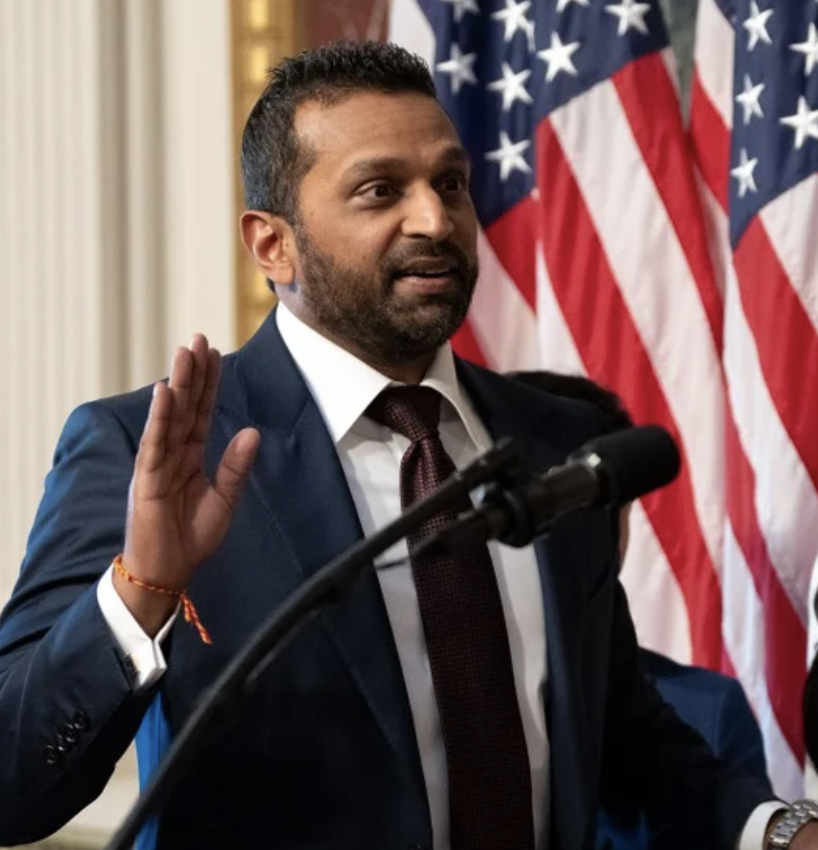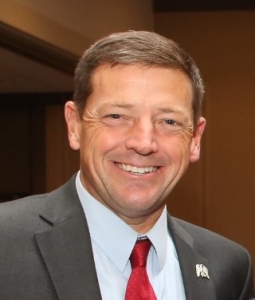The alarming and increasingly close working relationship between the $300 billion global narcotics market and worldwide terrorist organizations was underscored last week by two federal cases in Miami and New York. The cases also underscored something else: The urgent need for the U.S. to develop a smarter, more comprehensive plan to cut off the drug money that has allowed terrorist groups to flourish and attack the U.S. and its allies.
As reported on Oct. 22 in the Los Angeles Times and elsewhere, U. S. Drug Enforcement Administration and Colombian law enforcement agents in Bogota arrested Lebanese money laundering kingpin Chekry Harb, a/k/a Taliban, along with 35 others who were allegedly involved in laundering cocaine funds from sales in the United States and Europe and using tens of millions of these dollars to finance the activities of Hezbollah, the Lebanese terrorist organization. Harb and a dozen others are expected to be extradited to face an indictment in Miami.
Federal law enforcement officials point to the case as the most recent evidence that Hezbollah is moving into Latin America. Other incidents involving the organization have been reported in Venezuela and Argentina. What’s more, the close ties between Venezuelan President Hugo Chavez and Iran, Hezbollah’s chief supporter, raise concern over this trend, particularly in view of the fact that one-third of the Colombian cocaine destined for the U. S. and Europe now travels through Venezuela.
In the second case, on Oct. 23, New York DEA agents arrested Afghan drug kingpin Haji Juma Khan under the 2006 federal narco-terrorism statute, which prohibits the distribution of drugs to support a terrorist organization. The indictment in the Southern District of New York is believed to be one of the first uses of the new law.
Using his close ties to the Taliban, Khan is alleged to head an organization in southern Afghanistan which sells morphine base, the opium derivative used to produce heroin, in quantities large enough to supply the entire United States heroin market. Khan allegedly provided millions of dollars to help fund the Taliban’s insurgency campaign of roadside bombs, kidnappings and military activities. In exchange, the Taliban protected the Khan organization’s drug routes, production laboratories, and poppy fields.
A September 2008 United Nations report estimates that the Taliban will receive up to $70 million from the opium poppy harvest this year. Last year’s report indicated that half of all identified terrorist organizations are known to be involved in drug trafficking.
Some experts believe that the enhanced terror and military capabilities of the Taliban in Afghanistan, which has caused several pessimistic appraisals by some NATO military officials, is directly due to the increased funding by drug traffickers since 9-11. This financial support has permitted more sophisticated weapons and explosive devices, as well as the ability to train and equip increased numbers of Taliban fighters. Some coalition officials doubt the likelihood of success of a “surge” military strategy such as that used in Iraq to combat this threat.
The link between terrorism and international drug trafficking is well established. DEA officials point out that it is no coincidence that major drug source countries are also the home bases for organizations which use terror methods to advance their causes. To name a few, these include, in addition to the Taliban in Afghanistan, FARC in Colombia, PKK in Turkey, and MEK-PMOI in Iran. There is growing evidence that other organizations, such as the ETA in Spain, a major drug shipping center for Europe, are also beginning to use drug profits for financing.
Considering the central importance that counter-terrorism has assumed in the U. S. foreign and military policy, it is astounding how piecemeal the attack is on the drug-terror cartels. Not that some federal law enforcement agencies aren’t doing good work in this area, but the support for and coordination of these efforts are sadly lacking. DEA, under the leadership of its Chief of Operations, Michael Braun, not only has mounted successful enforcement operations, but also has attempted to educate the rest of the government on the danger posed by this relationship and the need for increased resources. However, compared to the billions spent militarily every month in Iraq and Afghanistan, the financing and commitment devoted to take on narco-terrorists is a drop in the bucket.
What should the United States be doing to sever the link between the drug trade and terrorist organizations? First, we need a well thought out, internationally supported strategy to investigate and disrupt the financial aspects of these organizations. As outlined in the recent counter-terrorism blog by David Lormel, “Understanding and Disrupting Terrorist Financing,” this strategy must include more training for government, business and financial entities about how terror groups raise money, launder it, and transfer the funds to support their activities. The involvement by these groups and their support are critical for any enforcement strategy to detect sources of funding, identify those who facilitate the financial transactions, and terminate the flow of money.
Next, Congress and the new Administration must come to recognize how important it is to set a priority to establish this strategy and set about to implement it. Detecting and disrupting the cash pipeline is critical to the war on terror as well as the effort to combat international drug trafficking. More resources are needed so that federal law enforcement agencies can dedicate more highly trained agents and the most sophisticated and effective enforcement tools.
An equally large challenge to the success of this effort will be to achieve coordination and communication among federal law enforcement and intelligence agencies. This appears to be minimal at present. Increased intelligence gathering, access to information such as satellite and wiretapping data, the formation of many more inter-agency working groups and task forces, and shared resources on the investigations of the money channels will be essential. Sporadic and under-funded efforts by individual agencies are doomed to failure.
Finally, something more has to be done about the mounting dangers posed by the mess at the Southwest border. Coming north are not only drug shipments, but also, according to frequent reports, human smuggling rings of Middle Easterners with false Latin American citizenship documents. Potential terrorists pay better than guest workers.
Going south are bulk drug cash, precursor chemicals and sophisticated weapons. These exports are fueling the epidemic and brutal violence which has claimed over 5,000 lives in drug wars in Mexico in the two years since President Felipe Calderone’s efforts to clamp down on drug trafficking in his country.
Conscious ignorance of the ugly reality at the Southwest border by U. S. Congressional and Administration officials, who want a kinder and gentler immigration policy, amounts to aiding and abetting. It’s an untenable situation.
Which means, we need to strike a balance between our National Security and trade.




